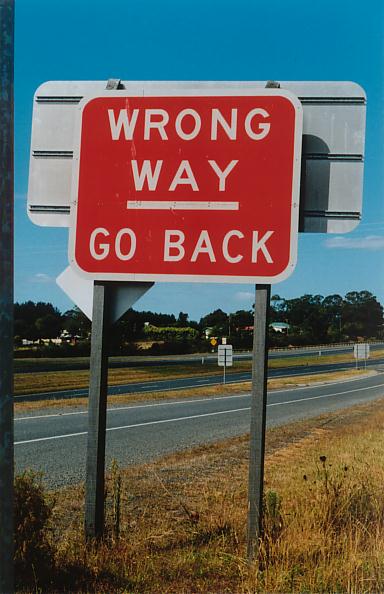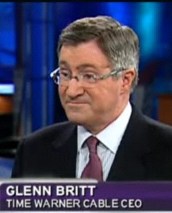 Two years ago, when Time Warner proposed to limit consumption of consumer broadband accounts with an Internet Overcharging experiment, Stop the Cap! suggested they should instead upgrade their networks to meet the demands of their Internet-hungry customer base.
Two years ago, when Time Warner proposed to limit consumption of consumer broadband accounts with an Internet Overcharging experiment, Stop the Cap! suggested they should instead upgrade their networks to meet the demands of their Internet-hungry customer base.
With thanks, they have taken our advice. As DOCSIS 3 upgrades continue to roll across the cable company’s service areas, it is bringing immediate benefits to every Road Runner customer, and the company itself.
Several weeks ago, we shared the story of Time Warner customers in Webster, N.Y. Time Warner had hopelessly oversold its broadband service in the growing town just northeast of Rochester. Speeds plummeted to as low as 900kbps most evenings and weekends, and did not return to normal until most customers were back at their day jobs.
As a shared network, cable broadband delivers a limited amount of bandwidth into individual neighborhoods, shared by every customer. When too many people pile on, speeds plummet. When this happens, cable companies are supposed to either increase capacity, or more commonly divide a congested area into two or more parts, each served with their own broadband pipe. In less densely populated towns, or where less net-savvy consumers tend to reside, capacity upgrades may come only once or twice over several years, and speeds are consistently fast day and night. But where college students predominate, or where new housing developments deliver plenty of new upper-income homeowners more likely to leverage their broadband connections, the tell-tale evening and weekend slowdowns create problems.
“A good clue of overcongestion is when download speeds suffer, but upload speeds remain fairly consistent,” shares Prakash Patel, who consults with cable companies on HFC “cable” broadband deployment. “Typically, if both speeds falter at different times of the day, that is usually a sign of a technical fault on one’s cable connection — not network congestion.”
For Stop the Cap! readers in Webster, the ongoing congestion made Road Runner virtually unusable during the evening and weekends, particularly for higher bandwidth applications like video or downloads.
Several of our readers filed complaints with the cable company and one took his case to the Better Business Bureau, who obtained a sympathetic response from Time Warner — but no immediate solution. The Bureau accepted that explanation and “administratively closed” the complaint.
As we recommended, customers remained very vocal about the ongoing congestion problems in the town. We’ve found the old adage, “the squeaky wheel gets the grease,” effective in moving upgrades higher up the list of priorities cable engineers deal with in maintaining their networks.
Original plans to deal with the problem were scheduled for late March, but Time Warner bumped the upgrade forward to this past weekend. Instead of simply dividing up the town, Time Warner installed DOCSIS 3 technology, which greatly increases the size of the broadband pipeline available to customers. The upgrade did the trick.
Our reader Tim shares the good news:
“I ran some speed tests Tuesday night and the improvement was very noticeable,” he writes. “We were able to achieve speeds in the early evening that were previously only possible in the very early morning hours.”
Patel believes cable companies will continue to win a majority in the broadband marketplace using DOCSIS 3, which he considers an affordable and easy-to-deploy upgrade.
“Not only is DOCSIS 3 relatively inexpensive, it provides plenty of new revenue opportunities for the companies that deploy it,” Patel says. “It also fits well from an engineering standpoint, because it is an evolutionary update to a successful technology.”
Patel believes DOCSIS 3 and future versions of the cable broadband standard will allow operators to successfully compete, at least in download speeds, with virtually any provider.
“Cable companies can simply bond several channels together and accelerate download speeds,” Patel says. “Upload speeds are proving to be a bigger issue, as most companies limit them to around 5Mbps.”
At least for now, customers in Webster are happy they are once again getting the service they paid to receive. The upgrade solved the congestion issue for Time Warner, and the cable company plans to sell higher speed service to interested customers later this spring, earning new revenue to pay for the upgrades.
That’s a win-win everyone can appreciate — all done without an Internet Overcharging scheme.


 Subscribe
Subscribe







